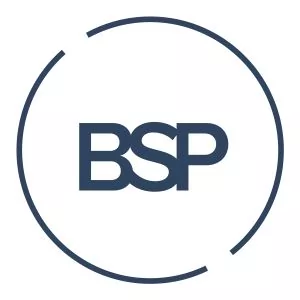On June 4th 2013, the European Securities and Markets
Authority ("ESMA") issued a "Questions and
Answers" document ("QAD") on the implementation of
EMIR. The purpose of the QAD is to promote common supervisory
approaches and practices in the application of EMIR. It aims to
answer questions asked by the general public, market participants
and competent authorities in respect to the practical impact of
EMIR. The QAD develops several questions that arose within the
frame of EMIR, such as:
- EMIR classification of clients;
- Clarification on deadlines for confirmation of transactions;
- Hedging exemptions; and
- Client segregation.
The QAD is a practical convergence tool used to promote common supervisory approaches and practices, so that the national financial supervisory authorities work on a harmonised basis.
The QAD may also be used by ESMA in order to identify outstanding issues in the context of EMIR and that could then be fixed by new ESMA guidelines.
On the same date, ESMA also issued a report (the "Report") on the guidelines and recommendations ("Guidelines") regarding written agreements between members of central counterparties ("CCP") colleges. The Guidelines have been drafted in order to clarify the content of written agreements between CCP colleges; such agreements must be drafted by national competent authorities ("NCA") when they receive an application for authorisation from a CCP.
The Report discusses the rationale for issuing the Guidelines
and includes recommendations regarding a standard written agreement
for the establishment and functioning of CCP colleges. The Report
also includes recommendations for the swift adoption of such
written agreements.
In addition, the Guidelines and recommendations for establishing consistent, efficient and effective assessments of interoperability arrangements ("Interoperability Guidelines") have been released by ESMA on June 10th 2013. The Interoperability Guidelines only apply to NCAs. Their purpose is to define what NCAs should analyse when assessing an interoperability arrangement within the meaning of EMIR. The objective of the Interoperability Guidelines is to improve the rigor and uniformity of standards applied in the assessments of interoperability arrangements.
The Interoperability Guidelines focus on the five following
topics in respect to interoperability arrangements:
- Legal risk;
- Open and fair access;
- Identification, monitoring and management of risks;
- Deposit of collateral;
- Cooperation between NCAs.
The content of this article is intended to provide a general guide to the subject matter. Specialist advice should be sought about your specific circumstances.


